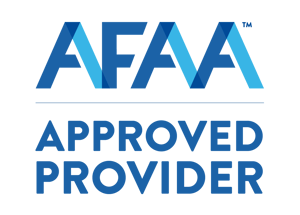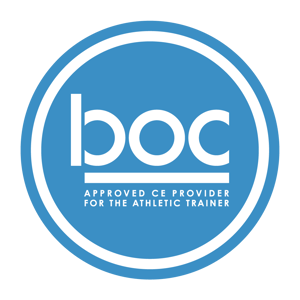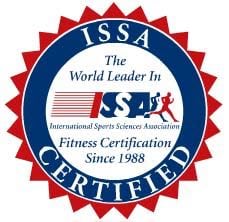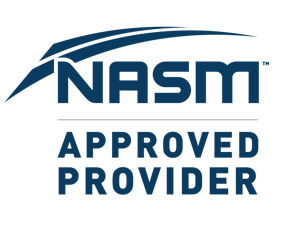Functional Soft Tissue Transformation - Live
Description
Functional Soft Tissue Transformation (FSTT) is a comprehensive movement testing and treating process that centers on the individuality of each client.
FSTT takes a different approach from traditional structure based protocols. It is individually context dependent. Structure is respected, yet individual function is the driver of the process.
The intention of the FSTT process is NOT to train a practitioner to fix parts or pathologies ... Instead, to identify and improve dysfunction and create better efficiency in movement/function... there Is a BIG DIFFERENCE
Manual applications shared in FSTT are simply mechanical loads that are applied to the tissues to create positive adaptation in movement/function.
Utilizing the Global / Local / Global spectrum method, learn how to identify abnormal tensions in the body, select appropriate loading for testing and treating, create a plan to improve energy efficient movement integrity.
Combining the principles of Applied Functional Science® with your existing skill sets and experience, learn how to take an individualized approach to further enhancing client function.
Whether you are just starting on your journey of Applied Functional Science® or are looking to continue growing, FSTT will provide a new experience by sharing a principle based process to understand for whom and what type of manual loading is safe and appropriate with the intention of improved function.
Available Course Credits
 |
AFAA | 15.00 | |
 |
BOC | 19.00 | |
 |
canfitpro | 4.00 | |
 |
ISSA | 20.00 | |
 |
NASM | 1.90 | |
 |
NCBTMB | 19.00 | |
 |
PTAG | 19.00 |
Learning Objectives
1. Describe the primary principles that govern human movement function
2. Identify movement dysfunction / tensional imbalances
3. Choose local tension/treatment options for individual clients
4. Interpret subjective responses regarding stated goals and past history
5. Implement movement / tissue loading strategies based upon client goals and demonstrated movement success
6. Compare the degree of motion and the quality of movement between sides of the body
7. Utilize a collection of algorithms to analyze/treat movement from a functional-anatomical point of view
8. Perform all layer-by-layer loading techniques
9. Develop a principle based plan for the improvement of energy efficient movement
Course Procedure
- Enroll in the course.
- Attend the Live Event.
- Take the test. (You must score 70% to pass. If you do not pass, you may retake the test.)
- Print your certificate of completion.
Course Content
| Functional Soft Tissue Transformation - Exam | Module | ||
| FSTT Evaluation | Module |